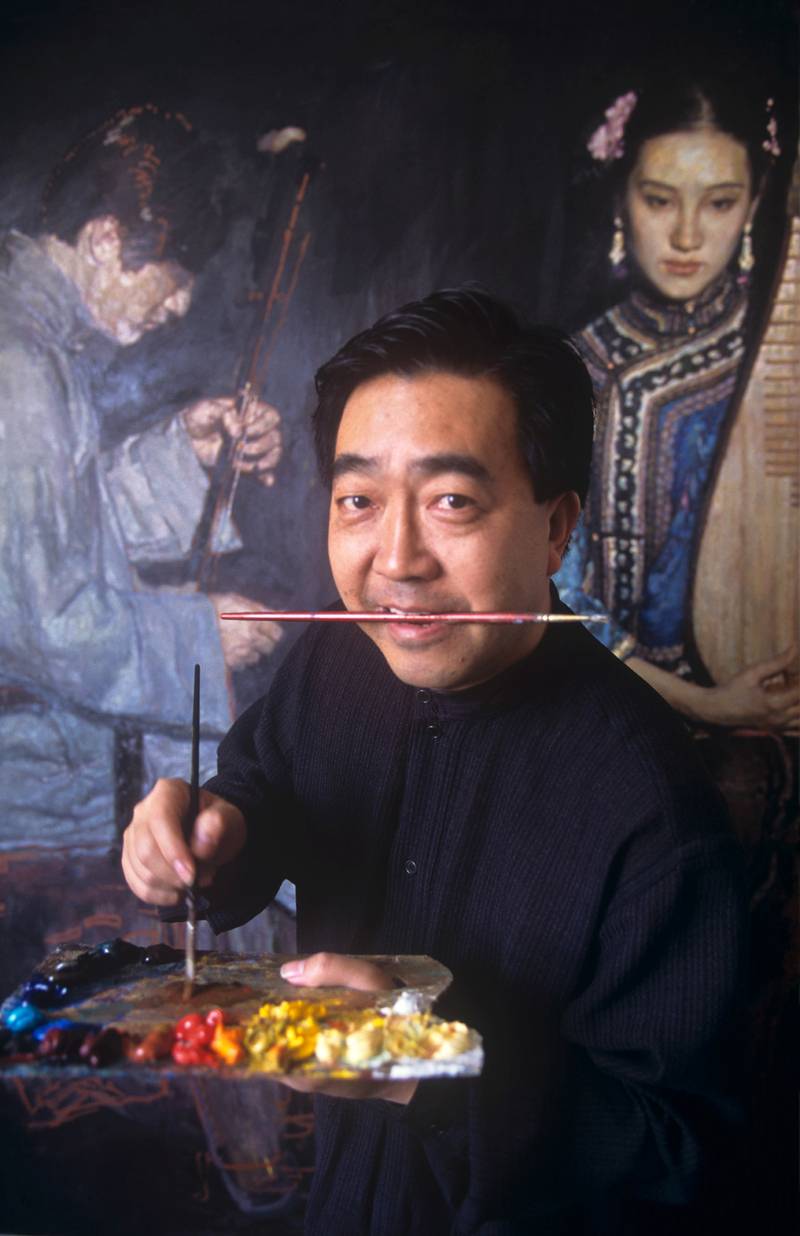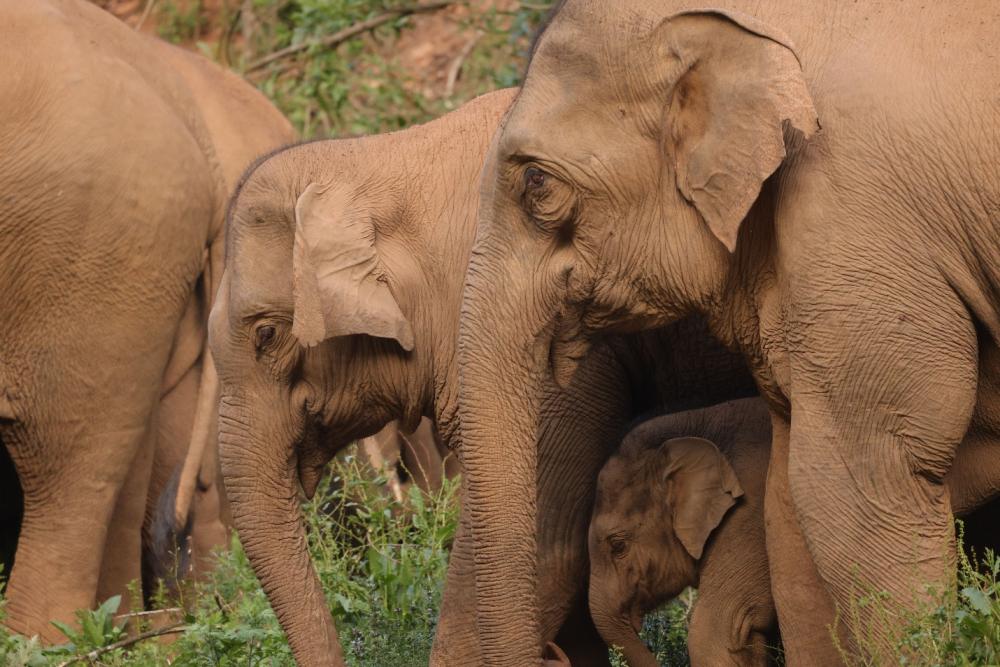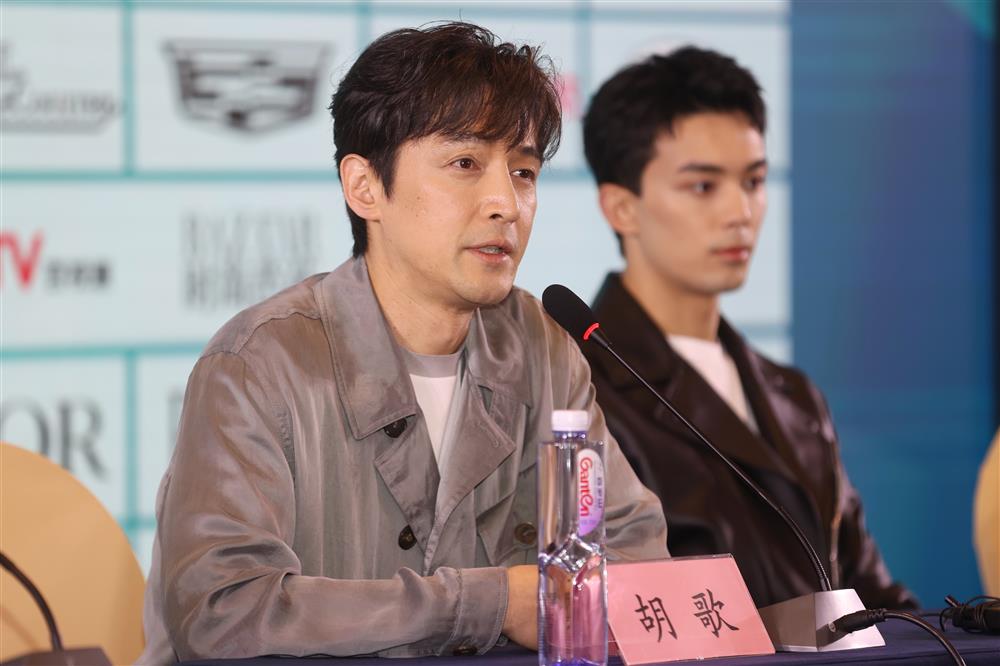72 year old photographer Liu Xiangcheng: There are still 46 years waiting for me. Interview | Take 46 years of China's story | Photos | Liu Xiangcheng
"I am fortunate enough to become a 'translator' of culture and art, using photos to introduce the world I know and explain what China really is to people outside of China." Photographer Liu Xiangcheng said, "This job is undoubtedly difficult. Someone told me, 'It's better to do things than not to do them well.' With this encouragement, I try to do a little bit."
On July 8th, the premiere ceremony and sharing event of the new book "Liu Xiangcheng Camera · Times · People" was held at the flagship store of Duoyun Academy. As soon as Liu Xiangcheng stepped onto the stage, one by one mobile phones were raised in the reader's seat, annotating the era of "everyone can take photos".
In such an era, what is a photographer? Liu Xiangcheng told me about what happened the day before: "I accompanied my wife to dinner, walked from Huashan Road to Hunan Road, and saw two ladies dancing square dances. Their figures were so graceful, and I quickly took out my phone, thinking that the shutter speed was too slow."

Liu Xiangcheng said, "My interest in China has not diminished to this day. People often ask me, 'What do you want to film?' I always feel a bit regretful. There is so much to film, why ask others? I hope to film things that don't seem like 'events' well."
The most commonly crowned title for 72 year old Liu Xiangcheng is "the first Chinese American photographer to win the Pulitzer Prize for Live News Photography.". The photo he took of "Gorbachev signing the Soviet Union dissolution documents" appeared on the front page covers of multiple media outlets around the world overnight.
That was on the evening of December 25, 1991, when Liu Xiangcheng, then the chief photographer of the Associated Press in Moscow, captured the last moment before Gorbachev threw down his manuscript with a shutter speed of 1/30 second. For this, he was punched in the back by the KGB.

At the "Liu Xiangcheng Camera · Era · People" large-scale photography retrospective exhibition being held at the Pudong Art Museum, Liu Xiangcheng displayed another photo taken in the same year next to his representative work: in 1991, in Kiev, people worried about inflation went to the local bank to withdraw funds, and in the picture, an elderly Ukrainian man with a worried expression held money in his hands.
The documentary photography collection "Liu Xiangcheng's Lens, Era, and People" released by Shanghai Culture Publishing House has selected 190 works from the exhibition of the same name. This photography collection, which currently includes the largest number of Liu Xiangcheng's photography works and the widest range of themes in China, sold out its first print in just a few days.
Liu Xiangcheng was born in Hong Kong, China in October 1951. His father, Liu Jibo, was from Hunan and his mother, Chen Weiwen, was from Fuzhou. At the age of two or three, his father sent him back to Fuzhou to attend kindergarten and primary school, and at the age of nine, he returned to Hong Kong. My father is responsible for the international version of the newspaper. During the summer vacation, he often gives him a short external telegram and says, "Try a translation.". In 1969, Liu Xiangcheng went to college in the United States to study international politics. Before graduation, he accidentally took a photography course, and Jon Milley, the "first person in strobe photography," was the teacher of this course, which had a deep influence on him.

In 1972, Nixon's visit to China was extensively reported in television and newspapers. Liu Xiangcheng vaguely felt that "the world's interests in us overlap with my own interests.".
In 1976, Liu Xiangcheng returned to China and took a photo of Guangzhou residents practicing Tai Chi. This work made him gaze at the daily life on both sides of the Pearl River. Amidst the growing physical movements and relaxed expressions of people, he felt that a transformation of the times was coming. Later, he said, "In my life, there were a few moments that led me on the path of photography: first, my childhood in Fuzhou in the 1950s; second, in 1976, I came to Guangzhou and saw people's interactions and understood their body language."
In 1977, Liu Xiangcheng first came to Shanghai. He discovered that a Romanian oil painting exhibition was held in this city. The several human body portraits in the exhibition seemed quite bold at the time. Holding a camera in one hand and a small camera in the other, Liu Xiangcheng strolled to Shanghai Conservatory of Music. In class, students are learning Chopin's works. This video work, filmed by a 26 year old young man at the time, was later broadcasted throughout the United States on ABC's news program.

In 1978, as a special photographer for the first batch of Time magazine, Liu Xiangcheng actively sought to come to Beijing and captured first-hand information about China after the reform and opening up. "At that time, I saw a 1-inch advertisement that said Beijing Dongdan could undergo cosmetic surgery. I went there immediately, and the woman only had one eye surgery because she had to ride a bicycle home and couldn't wrap both eyes with gauze," said a newlywed couple taking wedding photos
"Photographers need to maintain curiosity," Liu Xiangcheng said. "The photographer and the object being photographed need to establish a basic trust. Only when the photos are taken can they convey the emotions of the subject, and this photo is likely to 'speak' on its own."
A picture that records the details of a story from an era; The accumulation of many photos has created a continuous history and witnessed the tremendous changes of an era. Liu Xiangcheng said, "I hope my photography can dispel the filter of curiosity, help the world understand a more realistic rising era of China, and also enable Chinese people to better understand their own era."

Professor Gu Zheng from the School of Journalism at Fudan University believes that in the early stages of reform and opening up, Liu Xiangcheng had a significant impact on news photography in China with his own news photography works. The photos he took in China include both highly informative works and documentary works that require long-term observation and presentation of deeper changes. "I must admit that even as a Chinese who has walked in sync with this era, I still need these photos as a personal memory footnote."
Liu Xiangcheng said, "Since I set foot in Beijing, I have been working as a photojournalist for over 45 years. No matter how the times change, people are still moved by a timeless photo. I have spent more time on the scene in China and have been concerned about China's story for most of my life. I hope that young people today have the opportunity to read this story carefully, understand the importance of reform and opening up, and why China is worth observing and recording here for almost a lifetime."
"Chinese people filming China is different from French people and Americans filming China. If I don't go to China, where will I go?" Liu Xiangcheng asked in response to his previous choice.
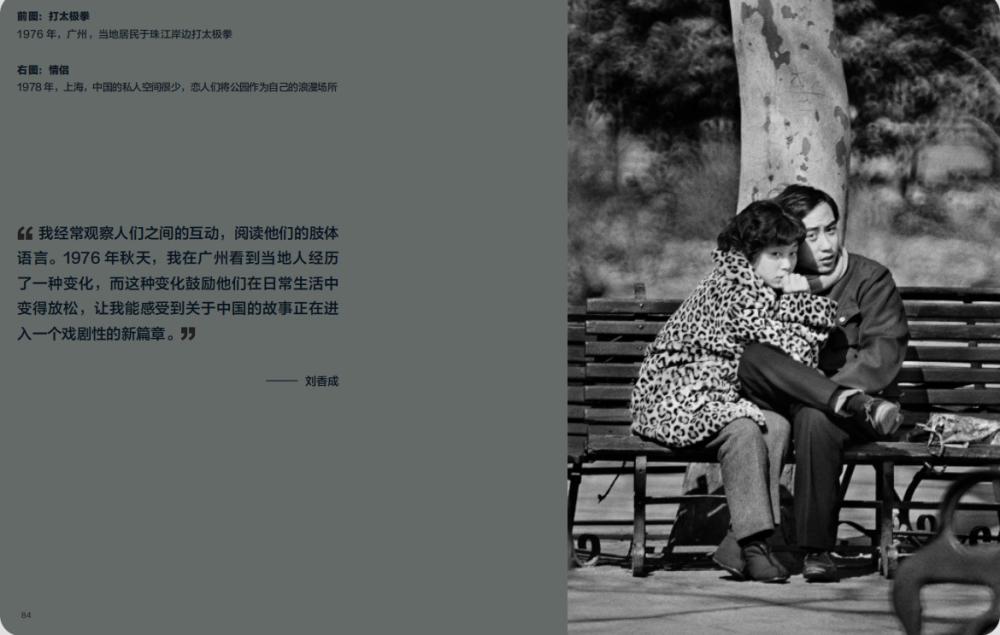
Dialogue with Liu Xiangcheng: "I still have 46 years left."
Portrait of Liu Xiangcheng, photographed by Li Xiaoliang
Looking at the news: The "Liu Xiangcheng Camera · Era · People" retrospective exhibition and this eponymous photography collection, both being held at the Pudong Art Museum, are a review of your past photography career.
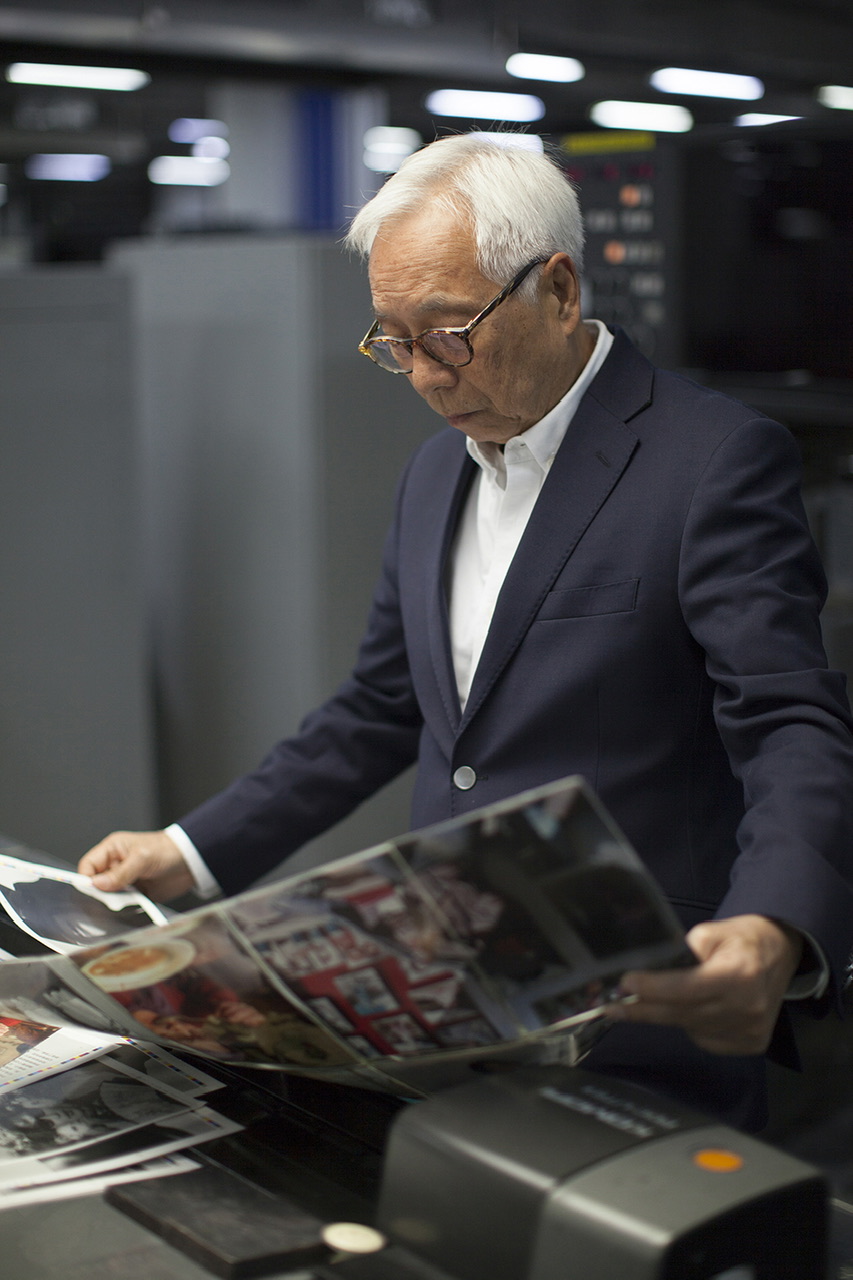
Liu Xiangcheng: For almost 4 years, I have been organizing my own literature. In the past few decades, I have been very busy with work. When I was sent from one country to another, there is a Chinese saying that moving a house will peel off a layer of skin, let alone moving across oceans. After stretching the timeline, you will find that organizing becomes quite difficult. Forty years later, whether this picture was taken in 1979 or 1980, in 1981 or 1982, one must constantly compete with their own memories. Some of them used to only have negatives, and rescanning them also requires a lot of time.
Looking at the news: How many photos are there after sorting them out?
Liu Xiangcheng: Approximately 9000 copies have been entered into my own literature library. Looking back, some scenes that were not noticed at the time were given new expressive meanings by time. At the exhibition in Pudong Art Museum, nearly half of the pictures are not seen by anyone in the past.

Looking at the news: You mentioned that a key aspect of photography is to establish trust with the subject being photographed. How to achieve this kind of trust in a short amount of time, even within a few seconds?
Liu Xiangcheng: What I mean by trust is not a very deep level of trust, but it is an internal and very direct mutual feedback. As I have said before, sometimes on the battlefield or in the face of a riot, how your eyes look at the thugs can potentially affect your life.
If basic trust is not achieved, I think your subject will write all their opinions on you on their face. When he sees the photos you take, he will feel very unfamiliar. On the contrary, if there is basic trust, there will be an emotional interaction between the person being watched and the person being photographed.
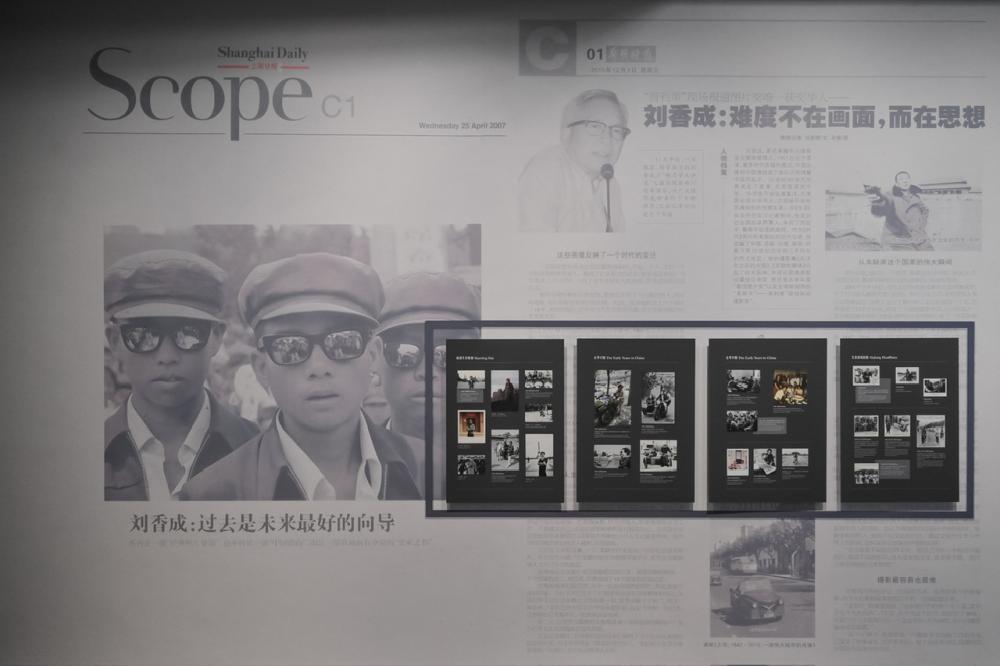
A written journalist may also face such a situation. When you speak, the person in front of you may have some understanding and curiosity, and he may also be willing to open himself up. If the other person feels that you have nothing to do with them, they may become defensive.
In fact, storytelling is a natural human need, and telling one's own story is also proof of one's existence. Basic trust is important, and there are many similarities between written and photographic journalists in this regard.
Looking at the news: Shooting big shots, how do you build trust with them?
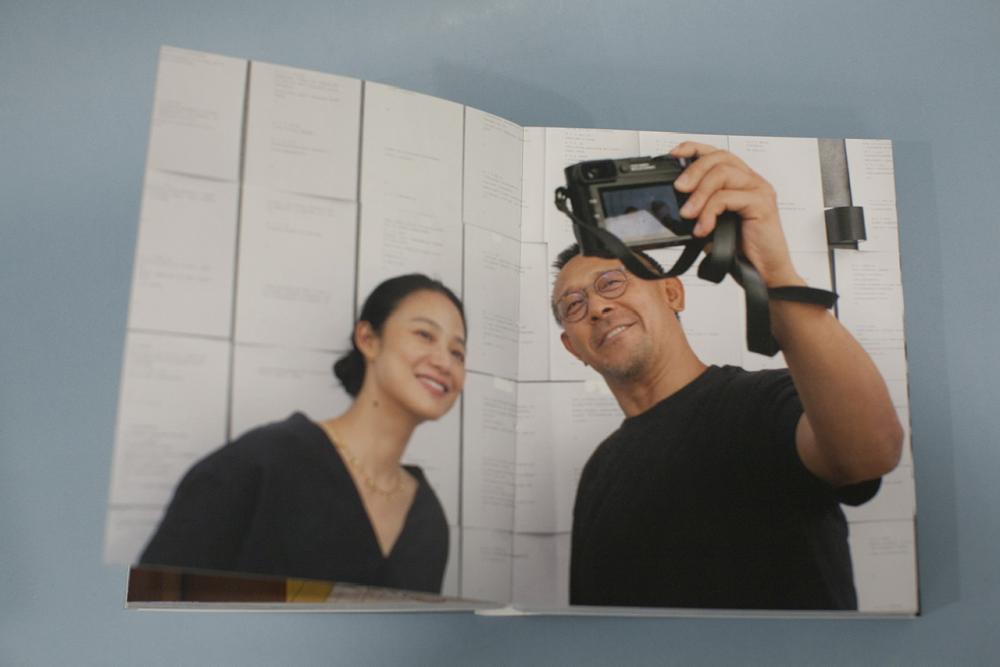
Liu Xiangcheng: I remember the first time I saw Nixon was at the Diaoyutai State Guesthouse in Beijing. I felt that the lighting in the room was not very friendly and it was too dark. I'll just say, Mr. Nixon seems too boring here. There are willow trees, bridges, mountains, and water outside. Let's go outside and take photos. He looked at me, our eyes on each other, and he said, okay, let's go out. When he made this decision, the security guards who followed him dared not object.
A few years later, during the 10th anniversary of the signing of the Shanghai Communique between China and the United States, I saw Nixon again. We took the train together from Hangzhou to Shanghai. Mr. Li Zhaoxing reminded me, where is your camera? I turned my head and saw Mr. Nixon, who was in a very good mood at the time. He walked towards the journalist carriage with a towel and a bucket of Qingdao beer, serving as a waiter to deliver beer to us. This photo can also be seen in the exhibition and this book.
Looking at the news: So, what does photography test the most? Technology, perspective, news sensitivity, courage, or ability to interact with people?

Liu Xiangcheng: All of what you said is very important.
Looking at the news: Nowadays, the threshold for photography has lowered. With a mobile phone, everyone can take photos and take photos. Is the work undertaken by a professional photographer, or rather a photographer, different from that of ordinary people?
Liu Xiangcheng: I think there is still a huge difference. Just like this exhibition at Pudong Art Museum, what I want everyone to see is the possibility of photography. As you just said, thoughts, perspectives, observations, and sensitivity to details in the picture cannot be easily replaced. Including AI, if there is a certain emotion in the picture, I don't think machines can create it.
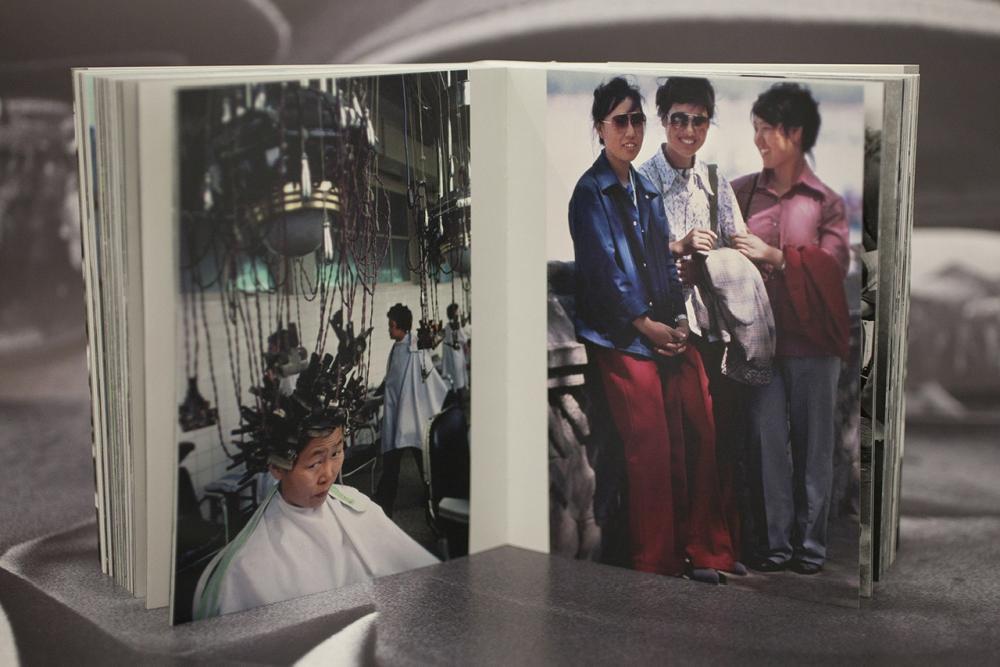
Nowadays, photography is indeed very easy. Each of us can take many photos every day, but just like there are many publications, not so many can be left behind after many years. A good photographic work can be called a classic image, and the same goes for it.
Looking at the news: Now with the help of filters, everyone can take very beautiful photos. Sometimes when shooting with a smartphone, the image captured may not be the same as what the eyes see.
Liu Xiangcheng: In the early days, cameras would put very large negatives in. By the time of the 135 camera, each roll of film was 36. I bring two cameras when I go out, and when I come back, there are always seven or eight unexposed rolls of film left. At that time, the cost of film was not low, why would you rather give up those unexposed images? Because each picture makes me think about what to take and what not to take, and when to press the shutter when to take this picture. My biggest nightmare and biggest fear is that this thing happens in front of me. I am changing the film because it has already been exposed and there is nothing left.

For me, this is a habit that has been developed for decades. When you can expose hundreds of photos at once with a digital camera, it changes the photographer's rigorous selection of images. The automation of chips is getting better and better, the processing of lighting is good, and the composition is also beautiful. Why are many photos not remembered now? In addition to being related to the decline of traditional media, it is also related to how the speaker, who presses the shutter, observes and chooses. When your shooting is unlimited, perhaps you no longer pay attention to the eyes of the person you want to shoot, whether they are happy or worried.
Looking at the news: The photographers who grew up in this era may also be different from the photographers of your time.
Liu Xiangcheng: Perhaps there is a difference. The photography of the younger generation will bring us new fields, but one thing I always believe is that the connotation of the story will not be replaced, and images with content will always be needed.
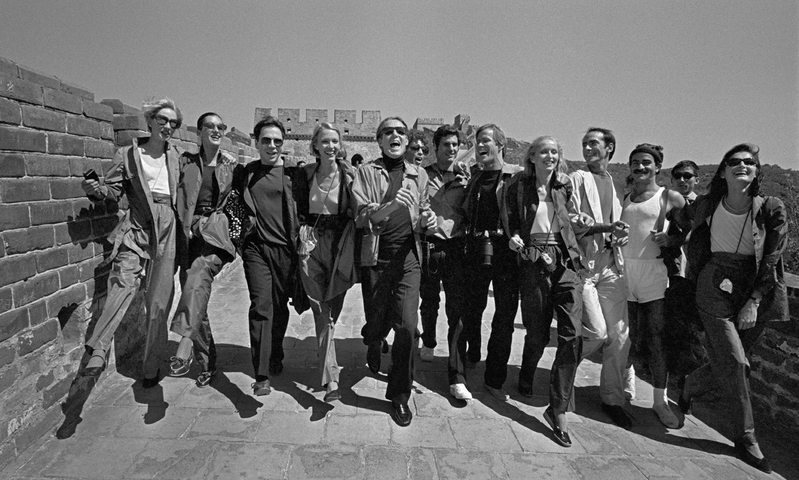
In the last 25 years of the 20th century, I had the privilege of filming China's reform and opening up, peaceful rise, and the sudden disintegration of another socialist country. The influence of these two stories continued into the 21st century. For photographers, the key is your understanding. You may be able to capture a classic image, but sometimes, the image is just a picture. You want your works to overlap, one year, two years, three years... one plus one becomes nine, not just two. Returning to the previous topic, this is the possibility of photography that I want to showcase.
Shangguan News: I heard that you have plans for the next shooting, which is "the Belt and Road"?
Liu Xiangcheng: It is indeed brewing. A peaceful rising civilization that intersects with over 150 countries and international organizations around the world is something that has almost never been seen in the history of the human world. It cannot be understood solely from an economic perspective, nor is it only understood as ideological by some people. When you see Chinese experts, workers and students go out, what kind of chemical reaction will they have with people along the "the Belt and Road"? This is a quite profound event, and I don't know if I have the ability to ultimately complete it
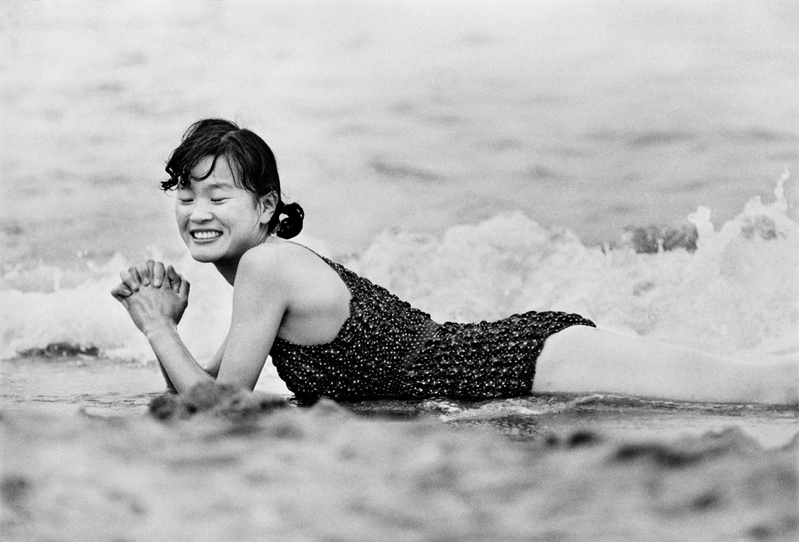
Looking at the news: This should be a long-term plan.
Liu Xiangcheng: Yes, I think I still have 46 years left.
Part of Liu Xiangcheng's Works
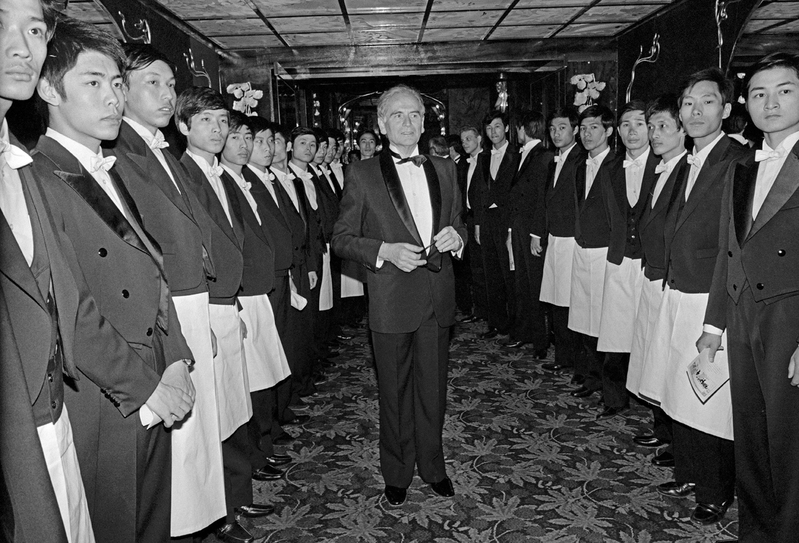
Young Couples on People's Park Benches in Shanghai, 1978 Photo: © Liu Xiangcheng
American fashion designer Roy Houston and his models are visiting Beijing on the Great Wall in 1980. Photo: © Liu Xiangcheng
A woman posing on the beach in Beidaihe Resort, Hebei Province, 1982 photo: © Liu Xiangcheng

French fashion designer Pierre Cardin opened his Maxim restaurant at the opening ceremony in Beijing in 1983. Photo: © Liu Xiangcheng
Actress Joan Collins chatted with artist Andy Warhol while holding a snapshot of a portrait created by Warhol for her in Los Angeles, 1985 photo: © Liu Xiangcheng
Two female cleaners taking a group photo in the Kremlin to commemorate Moscow in 1991 photo: © Liu Xiangcheng

Artist Chen Yifei is painting in his studio in Shanghai in 1996. Photo: © Liu Xiangcheng
Peruvian photographer Mario Testino attended the opening ceremony of China's first exhibition "Private Perspectives" at the Today Art Museum in Beijing, 2012 photo: © Liu Xiangcheng
Singer and actor Zhou Xun Beijing 2021 photo: © Liu Xiangcheng
